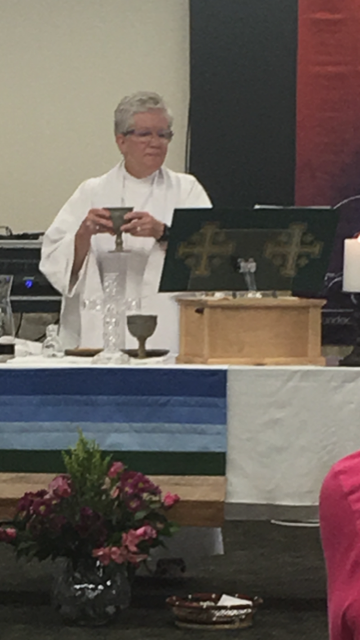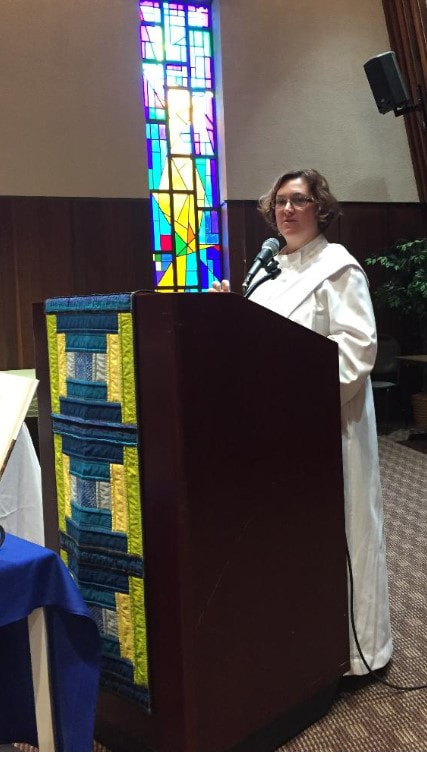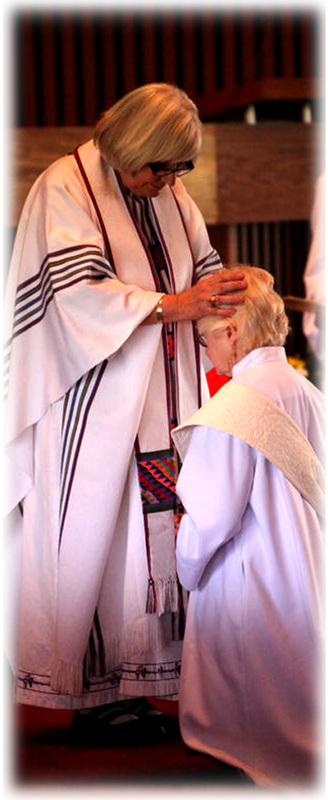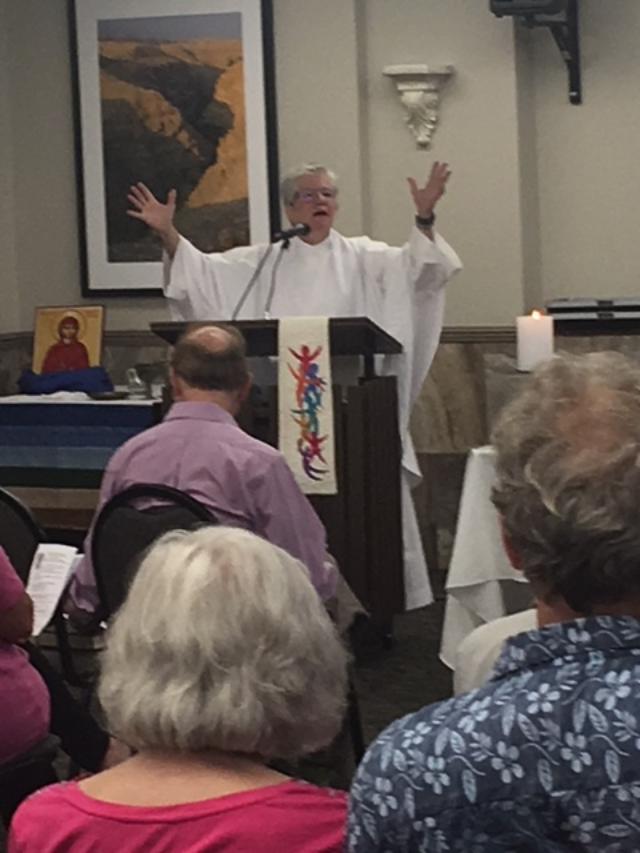SMMCC, 3rd Lent B
3/8/21
2 Chronicles 36: 11-12, 14-21
Ps. 137
James 4: 7-10
Mark 11: 12-21
Lent, I think, is a good time for questioning. We are building toward Easter, our celebration of the resurrection spirit of Jesus, and it’s a good time to take a look and ask, What do we need to change in our lives? How can we live the teachings of Jesus, and the shalom love of the God of our Jewish ancestors, more authentically? Where do we see lack of love and justice, inside ourselves, and in the world around us, and what should we do about it?
Our readings today call us to this kind of questioning. All three bring our attention to examples of institutionalized injustice and corruption, and call us now to do what we can to help mend the world, and make it more fair and life-giving for every creature in it.
The background of the first reading, from 2nd Chronicles, is the recent death of holy King Josiah, who had listened to the female prophet Huldah, and reformed the Temple, and lead the people of Jerusalem to resume faithful celebration of the feast of Passover. But by the time of King Zedekiah’s leadership, corruption at the Temple and exploitation of the people had again become so divisive that Jerusalem was unable to fight off Nebuchadnezzar’s armies, which were systematically conquering all the nations in the whole region. The last sentences of that reading help us understand the evil that was present. The people had not respected the law of Sabbath balance, of caring for their land, animals, and themselves, by taking rest, prayer, and contemplation, to maintain energy for making sure everyone had God’s shalom, had enough for livelihood and growth.
The second reading, from James, likewise calls us to reject exploitation of others, and to love as God loves us. It is part of a letter that emphasizes solidarity with the world’s social outcasts, and calls the rich and proud to conversion from their oppression of the poor, to concrete acts of service. This is the book that teaches, “Faith without works is dead.”
Our Gospel follows Jesus’ entry to Jerusalem, in the last few days before his death. He has spent the past three years encouraging the poor, sick, and marginalized to claim their space as beloved members of God’s family. Now Jesus enters the Temple to demand an end to its exploitative abuses. Historians tell us that the Jerusalem Temple then, during the annual Passover, attracted around 120,000 pilgrims, and over 18,000 animals were sold for ritual sacrifice. It was a place of holy worship, but also of commerce, finance, and imperial government. The annual Temple tax was collected there also, and it had to be paid in silver currency from the city of Tyre, since Rome did not allow the minting of Jewish coins, and the Jews considered using coins bearing the image of the emperor blasphemous. The moneychangers charged interests on these transactions, and the animal merchants marked up their prices for maximum profit. So the Temple’s outer court was also a place of usury and price-gouging. Jesus felt compelled to advocate for people who were convinced they had to hand over their hard-earned money to fulfill their religious obligation.
I think another good question to ask ourselves during Lent is how our understanding of Scripture can grow. I have certainly heard interpretations of this gospel over the years which described Jesus’ actions in the Temple as violent, but I don’t see evidence of that. Catholic priest John Dear, who has written 25 books on non-violence and been arrested 75 times for non-violent civil disobedience, considers Jesus’ turning over the tables of the moneychangers a non-violent protest of Temple corruption. See if you can re-frame this account in your mind. Forget El Greco’s famous painting of Jesus attacking people, which John Dear holds is a mistaken interpretation. Imagine Jesus calmly walking in, inverting some tables, leading the animals out of the area, and telling the bankers to please leave. Dear points out that if you look at Mark’s account, as well as those of Matthew, Luke and John, there is no description of Jesus yelling, striking anyone, or destroying anything. John’s gospel describes Jesus using a whip of ropes, but only to move the cattle and sheep out of the court. The people selling doves he asks to remove them from God’s house. In Matthew, in the next sentence following the tables being turned over, the blind and lame rush forward to Jesus for healing, and children surround him, singing “Hosanna.” Surely vulnerable people would not have crowded around someone who had just violently trashed the Temple courtyard. In the part of Mark’s gospel that we did not read tonight, read tonight, Mark mentions Jesus’ reconnaissance of the Temple the evening before, probably to check out the situation and to plan his non-violent demonstration. On this 56th anniversary today of the March from Selma to Montgomery across the Edmund Pettis Bridge, we can recall the training civil rights marchers went through, to prayerfully plan their non-violent actions, and then to go home and pray about it some more before the actual demonstration. It sounds like that is what Jesus did here. We weren’t there and we don’t know exactly what happened, but I offer this alternative, non-violent reading for your consideration.
So Jesus’ action in the Temple was definitely political, and subversive to the Roman Empire and the religious hierarchy of the Temple, but I doubt it was violent. On the contrary, as with Jesus’ every act, it is his call to us to stand up and non-violently protest dishonesty and exploitation. It was Jesus example to us to look out for one another, and to make sure all in our community have what they need to live a decent life. Which leads back to those Lenten questions— What do we see around us? Is it right? What should we do?



 RSS Feed
RSS Feed

